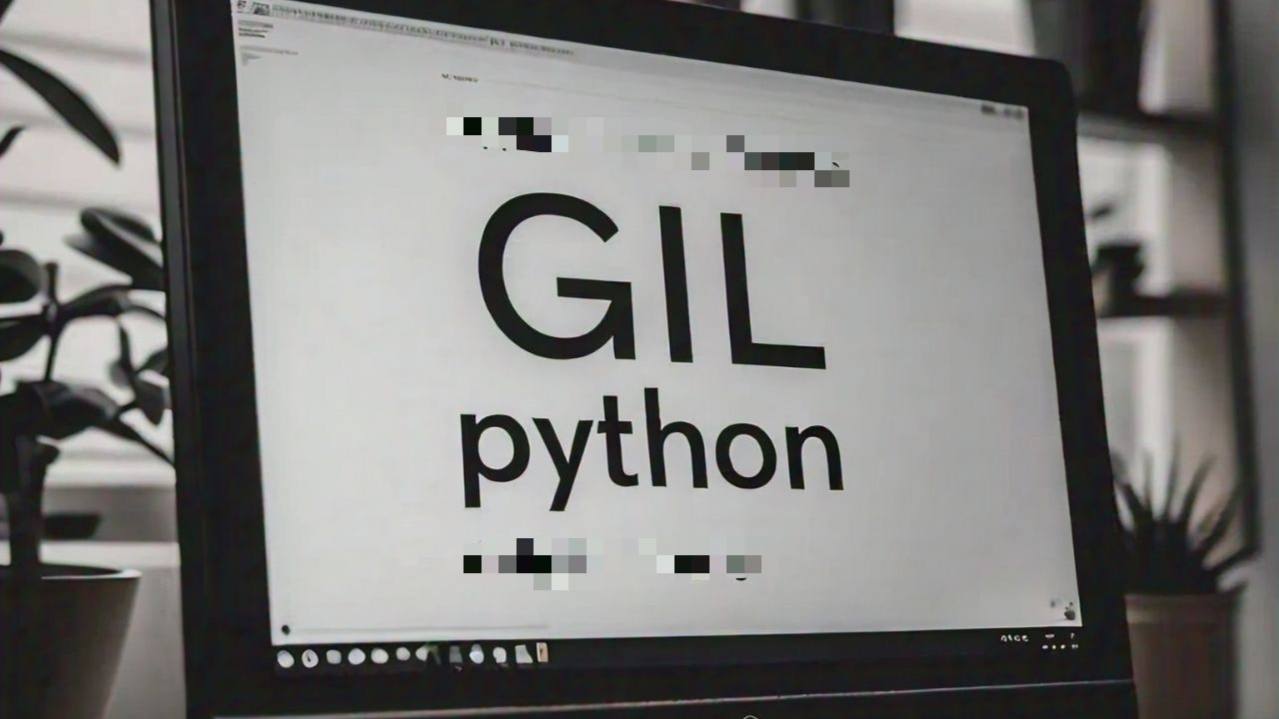Introduction
Python’s Global Interpreter Lock (GIL) has been a topic of debate for years. It’s essentially a lock that ensures only one thread runs Python code at any given time, even on multi-core processors. While the GIL simplifies a lot of things behind the scenes, it also limits Python’s ability to fully leverage multiple CPU cores for parallel processing.
But here’s the exciting news: Python’s Steering Council has announced they are moving forward with PEP 703, a proposal that aims to remove the GIL from CPython (the most popular Python interpreter). This change could have a massive impact on Python’s future. So, let’s break down why the GIL was introduced, why we want it gone, and what steps are being taken to make this dream a reality.
Why Did Python Introduce the GIL?
The GIL made sense back when Python was first designed. It ensures thread safety, making it easier for developers to write concurrent programs without worrying about common threading problems like race conditions or memory corruption.
One of the biggest reasons for introducing the GIL was compatibility. Python, especially CPython, relies on C extensions, which aren’t always thread-safe. Without the GIL, multiple threads could access shared resources simultaneously, leading to unpredictable behavior. Back in the 90s, this helped Python gain popularity as it provided a safer way to use these C extensions without breaking things.
Another key reason was garbage collection. Python uses reference counting to manage memory. It tracks how many references point to an object and automatically reclaims memory when it’s no longer needed. Without the GIL, reference counts could be altered by multiple threads simultaneously, causing crashes and memory corruption. The GIL prevents these issues by allowing only one thread to execute at a time.
Why Do We Want to Remove the GIL?
While the GIL makes things easier for developers in some ways, it also limits the performance of CPU-bound tasks when using threads. If you’re working with I/O-bound tasks (like making HTTP requests), the GIL doesn’t have much of an effect, but for CPU-heavy operations, it can slow things down significantly.
Without the GIL, Python could finally take full advantage of multiple CPU cores, allowing true multi-threading for CPU-bound tasks. This would mean faster programs without having to rely on workarounds like multiprocessing.
Current Workarounds for Concurrency in Python
So, what are the existing options for improving concurrency in Python?
- Multiprocessing:
Python’smultiprocessingmodule allows you to run multiple processes in parallel, bypassing the GIL by giving each process its own interpreter and memory space. This is great for CPU-bound tasks, but it comes with some downsides—higher memory usage, slower inter-process communication, and more complexity in synchronizing data between processes. - Cython:
Another option is using Cython, a Python-like language that allows you to write C extensions directly. It speeds up Python by allowing critical parts of your code to be optimized. However, Cython has a steeper learning curve and requires some understanding of C programming.
These methods work but aren’t ideal. They either add complexity or come with significant performance trade-offs, which is why the Python community has been so interested in finally removing the GIL.
Previous Attempts to Remove the GIL
This isn’t the first time developers have tried to remove the GIL. One notable attempt was the Gilectomy project, which aimed to create a GIL-free version of CPython. While promising, most attempts like this resulted in one major drawback: they made single-threaded code slower, which wasn’t an acceptable trade-off for many developers.
It also made Python’s already complex C extensions ecosystem even harder to manage. As a result, these attempts never made it into mainstream Python. But that’s where PEP 703 comes in—it promises to remove the GIL while avoiding the performance pitfalls of earlier projects.
What’s PEP 703 All About?
PEP 703 proposes a GIL-free version of Python using a clever solution called biased reference counting. Here’s the magic: with biased reference counting, objects accessed by a single thread are managed more efficiently, meaning the performance of single-threaded programs won’t suffer when we remove the GIL.
This approach ensures that single-threaded Python programs run just as fast as they do today, while giving a performance boost to multi-threaded, CPU-bound programs.
In addition to biased reference counting, PEP 703 introduces other optimizations like deferring reference counting for top-level objects and marking certain objects (like None) as “immortal,” meaning they never need to be counted or deleted. These changes make Python even more efficient and reduce memory management overhead.
So, When Will We See GIL-Free Python?
The Python Steering Council has laid out a roadmap for removing the GIL in stages:
- Short Term (Python 3.13 or 3.14): A no-GIL build will be released as an experimental mode. This will allow developers to test it out and help refine its design.
- Mid-Term: Once there’s enough confidence and community support, the no-GIL build will become an officially supported option, though it won’t be the default just yet. This stage might take a year or two.
- Long Term: If everything goes smoothly, the no-GIL build will eventually become the default version of Python. This transition could take up to five years but aims to avoid the disruptions we saw during the Python 2 to 3 transition.
Conclusion
Python is heading towards a major milestone with the potential removal of the GIL, making true multi-threading in Python a reality. This long-awaited change could finally allow Python to take full advantage of modern processors, improving performance for CPU-heavy tasks without slowing down single-threaded programs.
Thanks to smart solutions like biased reference counting and other optimizations, Python is set to become even more powerful and efficient, all while maintaining backward compatibility.
The future of Python looks brighter than ever. Keep an eye out for the experimental no-GIL builds in upcoming releases, and get ready to embrace the change!

